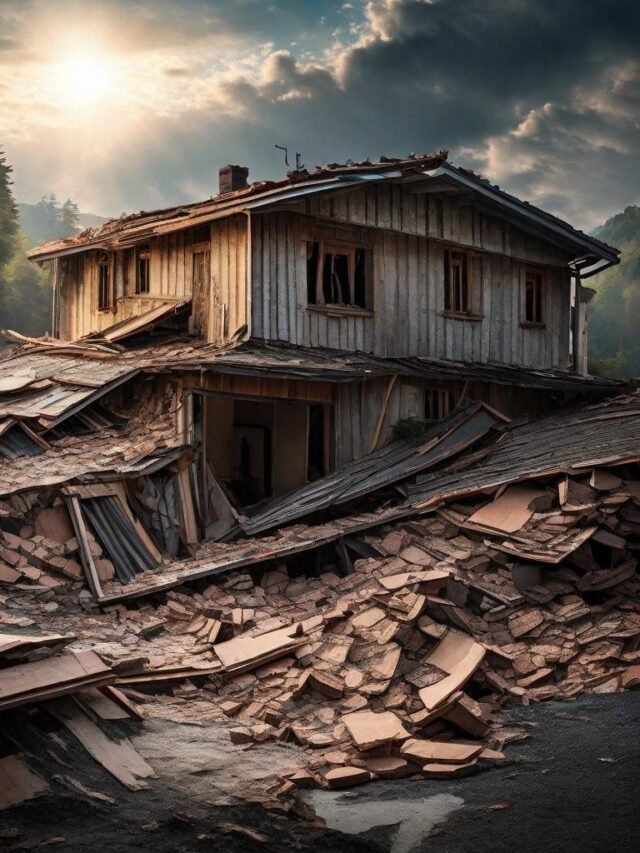A cataclysmic event struck the southern Philippines, causing widespread panic and devastation. The epicenter, off the coast of Mindanao island, experienced a colossal magnitude 7.6 earthquake, initially setting off tsunami warnings across the Pacific region. The quake’s intensity was felt in waves, with aftershocks registering magnitudes exceeding 6.0 over several harrowing hours.
The tremor’s impact was immediate and terrifying. Residents along Mindanao’s east coast scrambled to evacuate, fearing the looming threat of towering waves. In Japan’s Okinawa prefecture, authorities swiftly issued evacuation orders, urging thousands to seek safety from the impending danger.
Tragically, amidst the chaos and frenzy, a pregnant woman lost her life when a concrete wall, standing at a staggering 15 feet, collapsed on her, her husband, and their daughter in Tagum city. The quake’s violent tremors prompted them to flee their home, only to be met with this devastating consequence. While her husband and daughter survived, they sustained injuries in the calamity.
Describing the sheer force of the earthquake, Shieldon Isidoro, the city’s disaster-mitigation chief, recounted the gradual escalation from mild swaying to an overpowering tremor, rendering it nearly impossible to maintain balance. The environment turned chaotic: belongings toppled, walls rattled, and the air filled with terrified screams, compelling everyone to seek refuge outside.
Amid initial warnings of potential colossal waves reaching up to 10 feet above usual tide levels, fear and uncertainty loomed large. However, reassurance gradually emerged as subsequent reports from the US Tsunami Warning System allayed the possibility of a tsunami.
Despite the earthquake’s strength, the Philippine Institute of Volcanology and Seismology (PHIVOLCS) alleviated fears of extensive structural damage. However, a looming concern remained—the looming threat of aftershocks, a haunting reminder of the seismic instability.
In the aftermath, a collective effort mobilized to safeguard vulnerable communities. Raymark Gentallan, the local police chief of Hinatuan, emphasized the evacuation of coastal areas to ensure residents’ safety. Evacuation centers brimmed with fearful villagers seeking refuge, while others cautiously returned to their homes once the immediate danger subsided.
In a bid to assess the damage, civil aviation officials conducted thorough inspections of airports in the affected regions. Encouragingly, their reports indicated minimal disruption, affirming that flight operations remained largely unaffected.
As the tremors settled and communities grappled with the aftermath, the resilience of these regions shone through. Despite the loss, injury, and upheaval, the unity in responding to such a crisis offered hope for recovery and rebuilding shattered lives.
This narrative endeavors to encapsulate the key events and emotions surrounding the earthquake in the southern Philippines, highlighting the chaos, devastation, and eventual steps toward recovery in the affected regions. If you need more details or specific aspects covered, feel free to ask!




Pingback: Game of Thrones Unveiled in Hindi. From King's Landing to 'Raj Chakravyuh' - Sushil's Blog